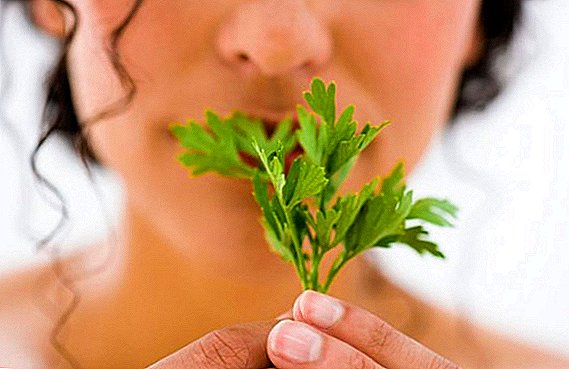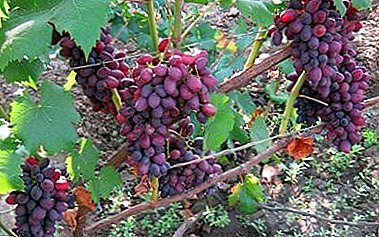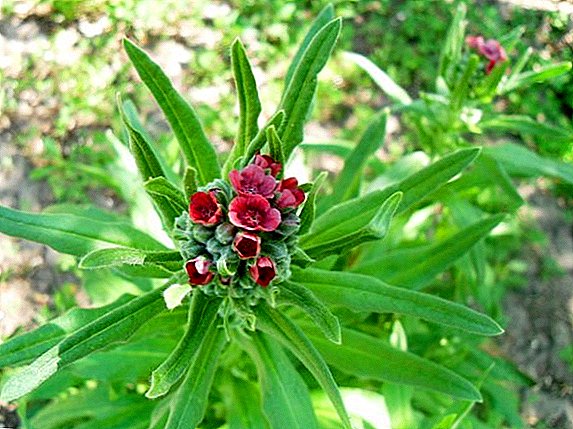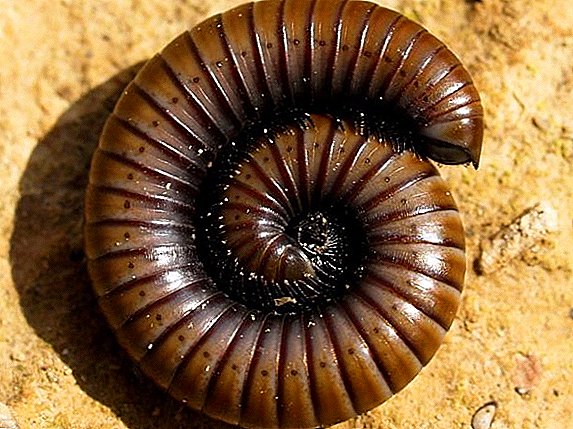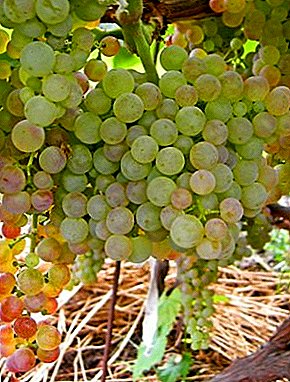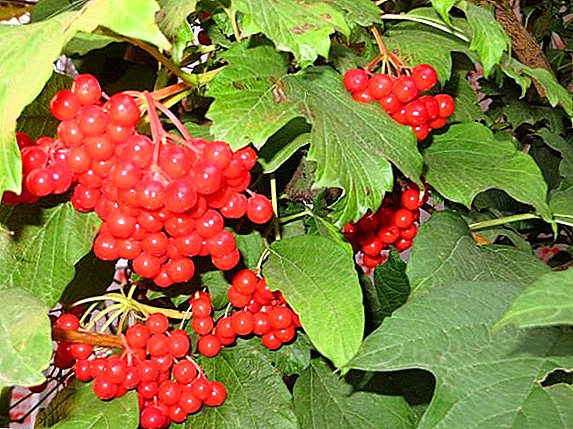
This plant is popularly known as mimosa. Those fluffy twigs with gold balls that give the ladies with the onset of spring. Botanical genus Acacia, family Fabaceae (Legumes).
The word "silver" in its name is no accident. The leaves of this type of acacia are ashen-green in color due to copious pubescence. It is also called "whipped".
Botanical characteristic
Evergreen tree with a thick umbrella-shaped crown. Average height 10-12 m, at home grows huge tree up to 45 m. This guest from tropical latitudes is charming and amazing, but let's get everything in order.
Root system

Tree possesses powerful, horizontally branched rhizome. The main root quickly ceases to grow, and all the power goes to the numerous root scions.
Leaves
The doubly pinnate leaves of the silvery acacia are dissected into many fine lobes. Can reach 20 cm in length. They are pubescent with small hairs. These hairs are designed to protect the plant from the cold and from the loss of moisture from the surface of the leaf. They also save the tree from sunburn.
Flowers
It is difficult to name the flowers with small yellow beads. 4-8 mm in diameter, these numerous balls form inflorescences-panicles. Anthers in flowers are bright yellow, and stamens are yellowish or even orange. It blooms silver from mid-winter and, depending on weather conditions, until mid-spring.
Barrel and Bark
Bore diameter within 70-80 cm The bark darkens with age, but remains smooth. In an adult tree, the color of the bark is grayish-brown or brown, with many longitudinal cracks. Through these cracks gum often seeps.
Fruit

Acacia fruit is flat dark or purple brown beanwhose length is maximum 20 cm. It has an oblong shape, and it can be opened with two thin shutters. In the wings of the bean are small (3-4 mm) very solid seeds of a dark color.
Places of growth
Silver acacia appeared from faraway Australia. Due to her ability for self-seeding, she settled down in many places of the world. It can be found on the Mediterranean coast, Madagascar, in South Africa. From the middle of the XIX century it grows on the Black Sea coast of the Caucasus.
Growing acacia
This plant needs certain conditions for growth.
Landing
Acacia loves sunshine, and the best place for landing is the place, often illuminated by the sun. Indoors, it should be a window on the south side of the building. In late autumn and winter, when the day is short, it is imperative to provide additional lighting, 3-4 hours will be enough.
Temperature conditions
Acacia doesn't like neither high nor low temperatures. Too warm temperature conditions threaten the emergence of the insect pest - shchitovki.
Shchitovka is an extremely small and nimble insect covered with a shell. It sucks the life of the plant juice, so that it can die.
To prevent its occurrence, constantly and meticulously inspect your seedling. To get rid of shchitoviki, carry out a manual sweep, and for reliability, spray the tree with an insecticide solution.
Priming

The soil for the cultivation of acacia need loose and light, without seals. To grow silver at home, you should prepare a special substrate. It includes turf and leaf soil, coarse river sand and humus. Ratio of parts for the substrate should be 2: 4: 1: 1.
Humidity and watering
Acacia does not need to be sprayed, but careful watering is important. From spring to autumn, watering is regular (1-2 times a week) and plentiful, in winter - moderate (every 10 days).
Top dressing
During the spring-summer, the plant is fed complex fertilizers. Do it need once every three weeks. Autumn-winter for acacia is a period of peace, it is not necessary to fertilize it at this time.
Bloom
Some individuals begin to bloom at the age of two. On the 4th year of life all the trees thrive and bear fruit. Acacia blooms in late January - early February and continues to delight the eye for several months.
Pruning
This tree grows very quickly. If the acacia is not cut, then the branching part will thicken, and it will not work with a beautiful crown. Through too thick branches and leaves hard to break through the sun's rays. In the absence of bright light there is a danger of developing pathologies. Cut acacia after flowering.
Growth rate and longevity
The table below clearly demonstrates the stunning growth rate of this tree.
| Year of life | Height in meters | Note |
|---|---|---|
| 1 | 0,4-0,5 | |
| 2 | 2-2,5 | Some are starting to bloom |
| 3 | 4-5 | Some 7 m |
| Subsequent years | 12-15 |
This species of acacia lives up to 40 years.
Breeding

Reproduction occurs by seed and cuttings. In January, the seeds before sowing are pre-soaked in warm water. During the day at 60 ° C, for two days at 40 ° C. After that, they are sown in the substrate.
Cuttings (10 cm long) Acacia multiply during the active period (spring-end of summer). To do this, they need to be placed in a light substrate and cover with a glass jar. Rooting usually takes 2-3 months.
To admire the colorful yellow acacia branches in winter is incredible. Try to grow this tree with your own hands - it does not take much time, and the Nemer will bring joy.
A photo
Next you can see a photo of silver Acacia:




- Types of Acacia:
- Yellow Acacia
- Lankaran Acacia
- Black Acacia
- Sand Acacia
- White Acacia
- Pink Acacia
- Acacia Catechu
- Care of Acacia:
- Acacia in medicine
- Flowering Acacia
- Landing Acacia


